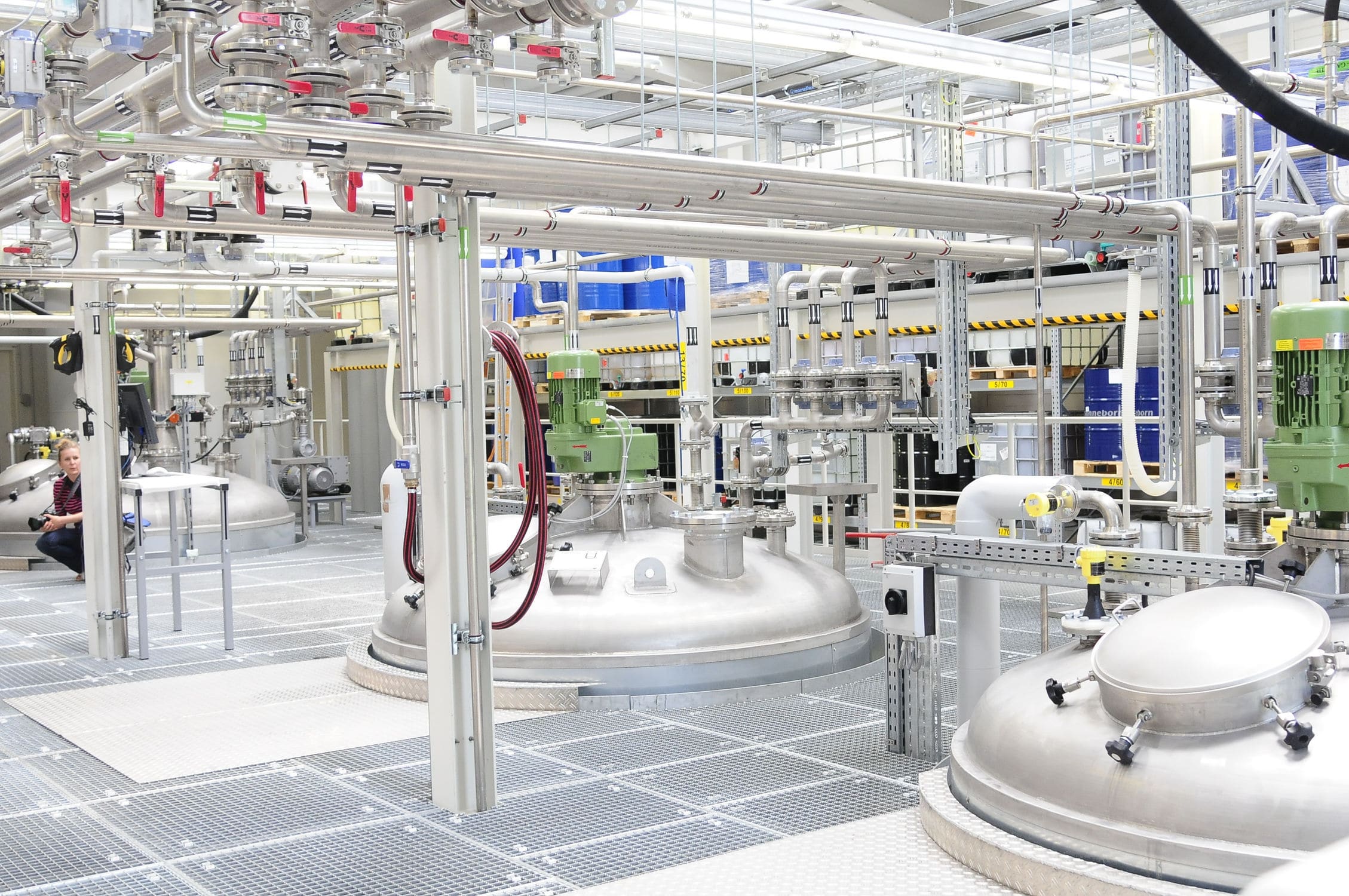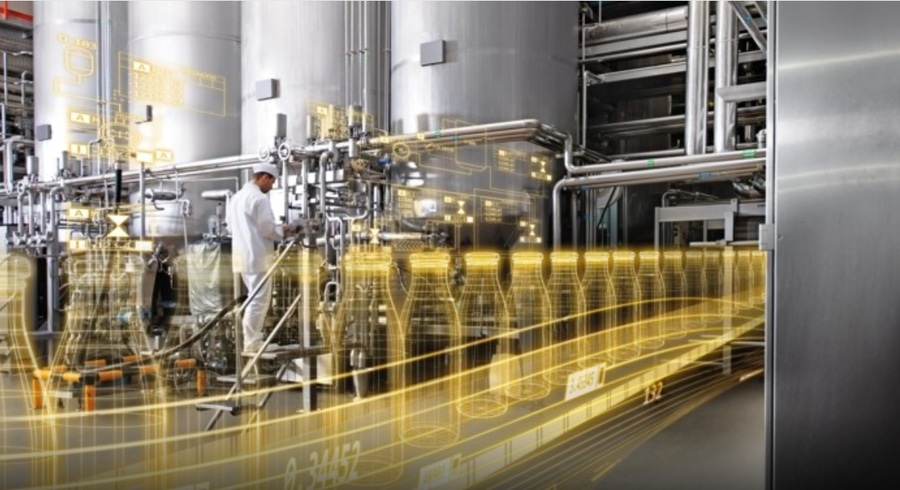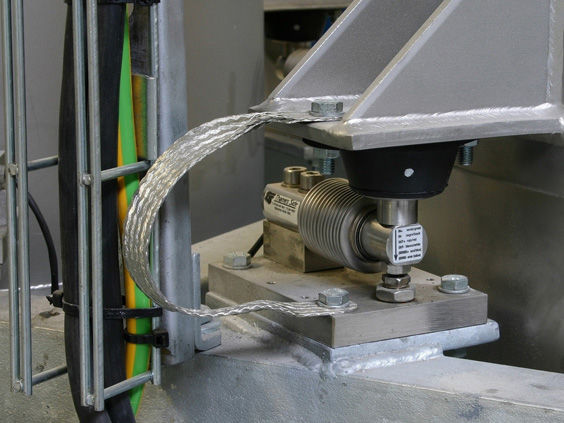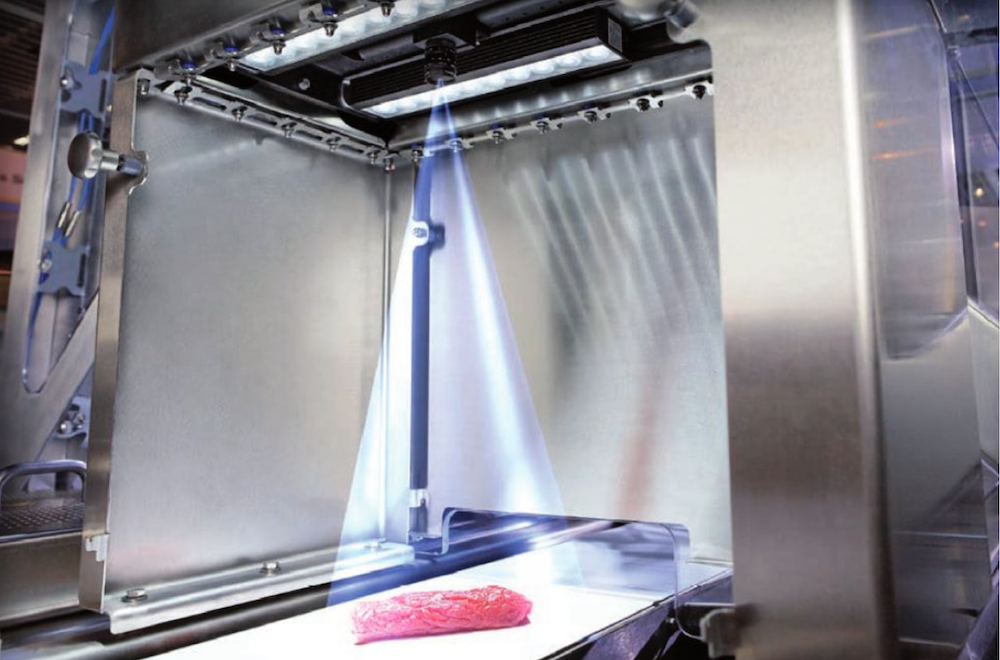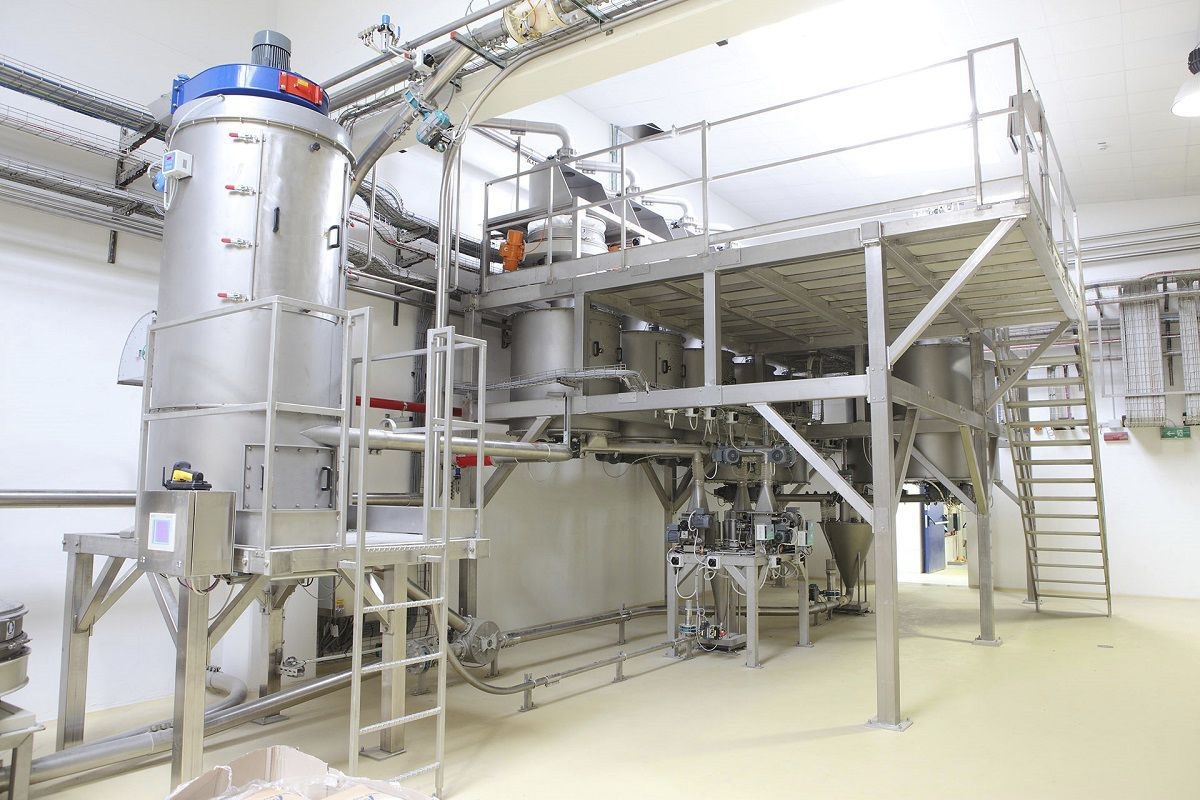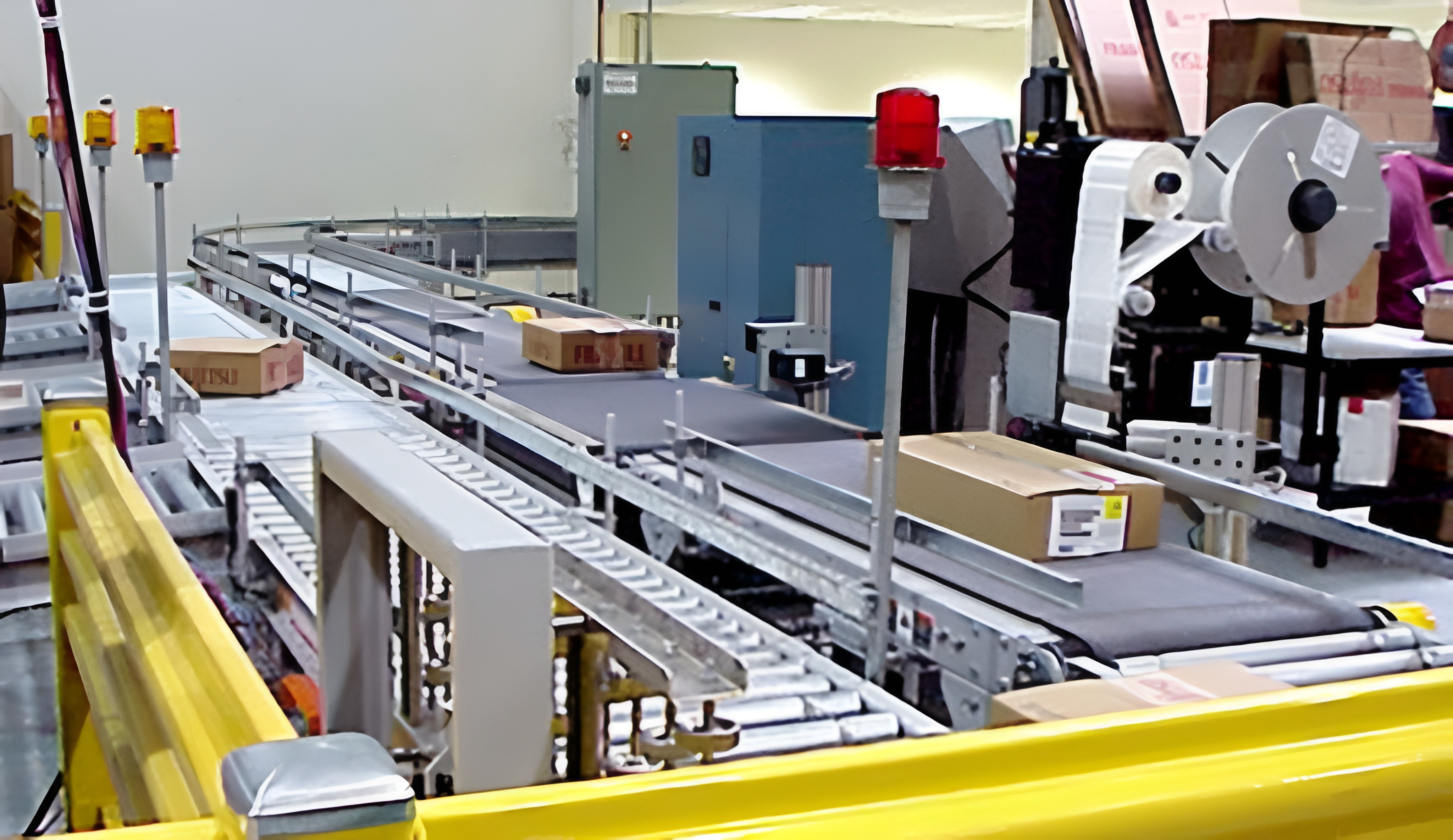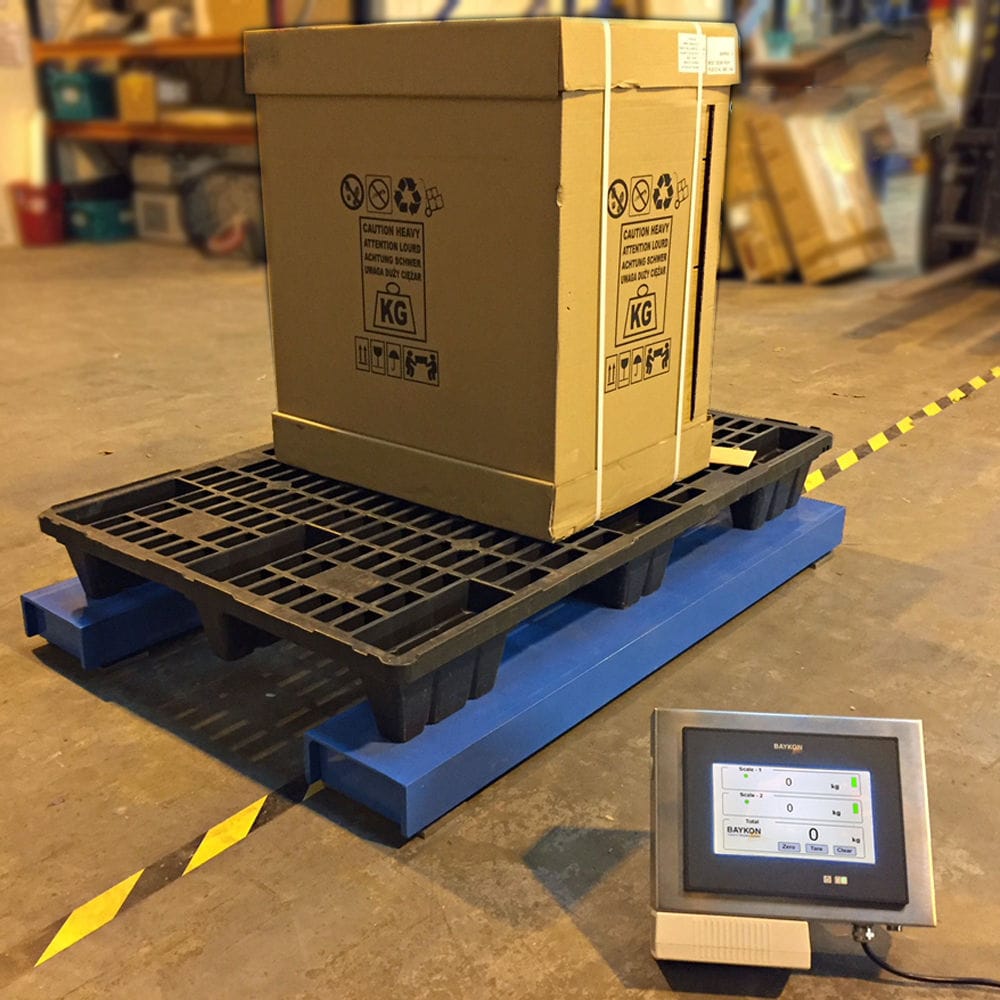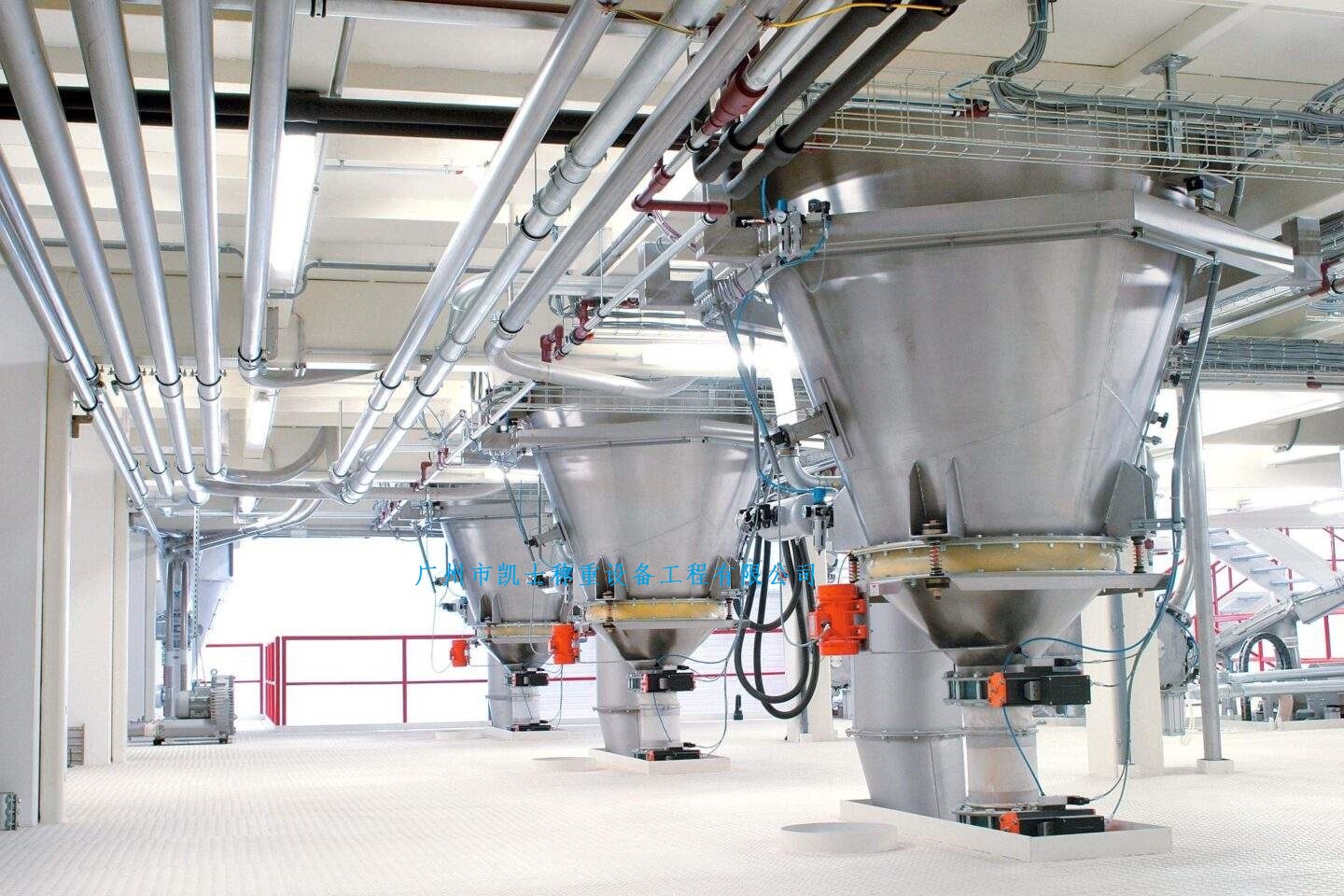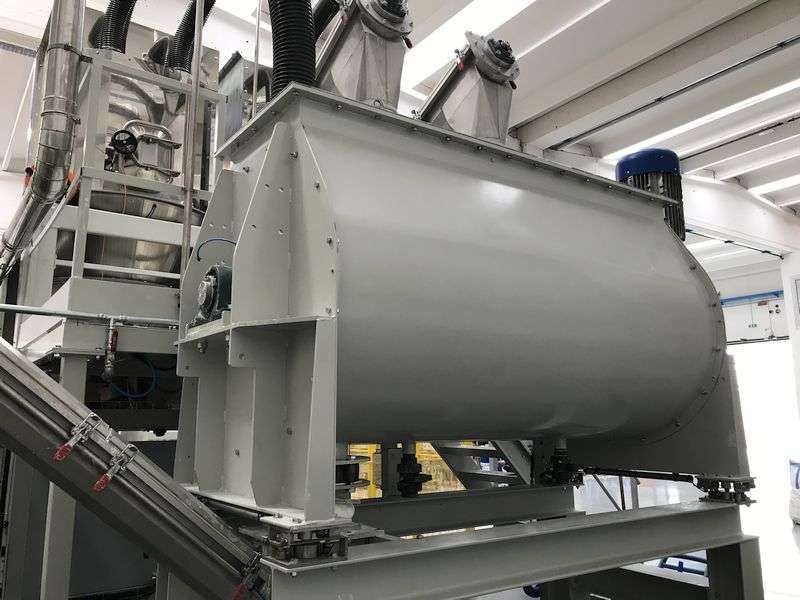

The bulk material scale transmits the pressure to the weighing module through the lever device, and the control device amplifies and processes the weight pressure signal sensed by the weighing module and displays it in digital form. At the same time, the displayed digital signals can be externally controlled. The detected bulk material flow signal and the set flow signal are compared within the control system, and the PID is used for regulation. The frequency converter is driven to change the speed of the feeder and the screw conveyor motor. The speed of the screw is automatically adjusted according to the actual required feeding amount, and the given feeding amount is tracked. This forms a control characteristic where the speed slows down when there is a large amount of material feeding, increases when there is a small amount of material, and is the slowest or even stops when overloaded, thereby achieving the given material flow rate.
 020-34563445
020-34563445The bulk material scale is composed of a screw scale, a Feeder, a feeding switch, a double Electronic scale weighing mechanism, an unloading device, a sealed scale frame, a control system, etc. After entering the automatic weighing state, feeding begins and the feeding indicator light is on. When the weight of the material in the hopper exceeds the set value (or the feeding time exceeds the set feeding time), the feeding door will switch to another hopper for feeding, achieving static metering of continuous materials by hopper.
Both the feeder and the screw conveyor are driven by variable frequency motors. The screw scale operates based on the lever principle. A lever device is installed under the continuously running screw. When the material on the screw passes through the load-bearing surface of the lever device, it will exert a certain pressure on the load-bearing surface. This pressure is transmitted to the weighing module through the lever device, and the control device amplifies and processes the weight and pressure signals sensed by the weighing module and displays them in digital form. At the same time, the displayed digital signals can be externally controlled. The detected bulk material flow signal and the set flow signal are compared within the control system, and the PID is used for regulation. The frequency converter is driven to change the speed of the feeder and the screw conveyor motor. The speed of the screw is automatically adjusted according to the actual required feeding amount, and the given feeding amount is tracked. This forms a control characteristic where the speed slows down when there is a large amount of material feeding, increases when there is a small amount of material, and is the slowest or even stops when overloaded, thereby achieving the given material flow rate.
The bulk material scale adopts a dedicated control terminal, which can simultaneously read the weight data of two electronic scales, automatically control the alternating feeding and discharging of two electronic hopper scales, calculate the actual discharge volume based on the maximum weight of the hopper and the residual material volume, and simultaneously display the weight of the two electronic scales and the total cumulative volume. It realizes functions such as automatic zeroing, automatic overload alarm, automatic/manual printing, automatic calibration, data retention during power failure, and networking with computers.
To enable the bulk material scale to undergo dynamic calibration and verification, a distribution trough was installed at the discharge trough of the crusher. During the calibration process, a certain amount of coal measured by the bulk material scale was separated along the distribution trough after passing through the crusher, loaded into the truck bed, and then weighed with a standard floor scale for comparison and verification. Regular dynamic calibration of the bulk material scale ensures the accuracy of measurement.




